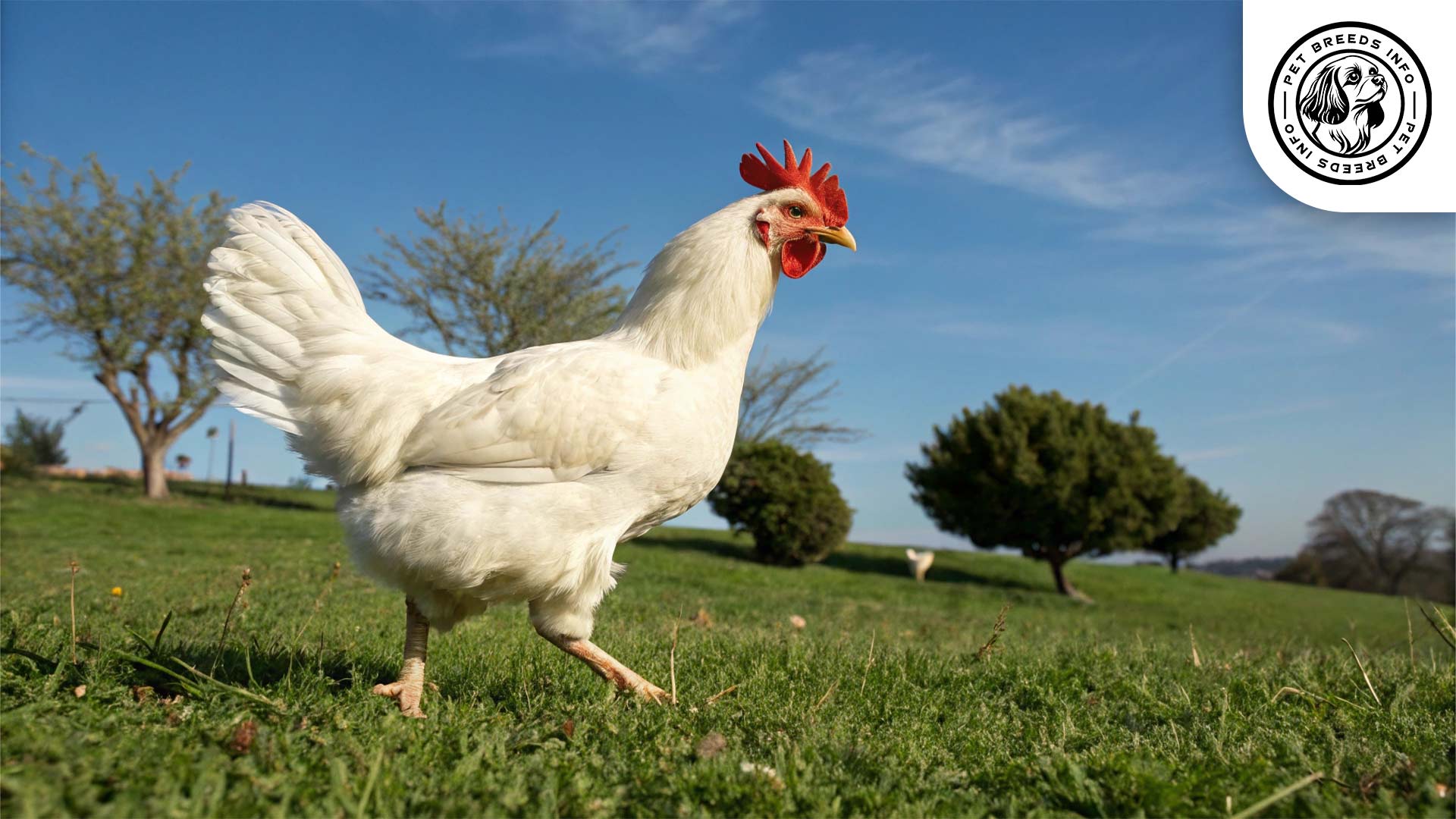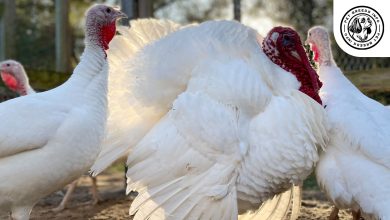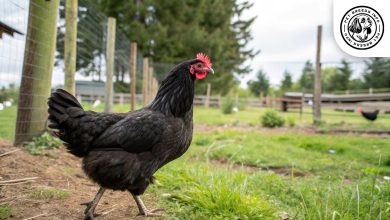Leghorn Chicken Breed: Personality, Lifespan, Food & Care
General Introduction of the Breed
The Leghorn Chicken (Gallus gallus domesticus) is a popular and highly productive egg-laying breed. Originating from Italy, the breed was refined in the United States to enhance its egg-laying capabilities. Leghorns are well-known for their hardy nature and commercial use in egg production.
Alternative names include “Livorno Chicken” in Italian. With a history dating back to the early 19th century, Leghorns were brought to America and selectively bred for their exceptional egg-laying ability, making them a favorite among poultry keepers.
Table of Contents
| Common Name | Leghorn Chicken |
| Scientific Name | Gallus gallus domesticus |
| Origin | Italy (refined in the USA) |
| Size | Medium-sized; males 6–7.5 lbs, females 4.5–5 lbs |
| Lifespan | 4–6 years (can be longer with proper care) |
| Colors | White, brown, black, red, buff (white is most common) |
| Talking Ability | None – not a talking bird |
| Noise Level | Moderate to high; vocal, especially during egg-laying |
| Social Behavior | Active, social, independent, can be dominant in flocks |
Physical Characteristics
Leghorns are medium-sized chickens with a slender and athletic build. Males typically weigh between 6 to 7.5 pounds (2.7 to 3.4 kg), while females are lighter, ranging from 4.5 to 5 pounds (2 to 2.3 kg).
The breed features a single or rose comb, large wattles, and yellow legs. Their plumage is sleek and comes in various colors, including white, brown, black, red, and buff. The most common and commercially preferred variety is White Leghorn due to its prolific egg production.
They have distinctive bright yellow eyes, upright posture, and long tail feathers, contributing to their elegant and alert appearance.
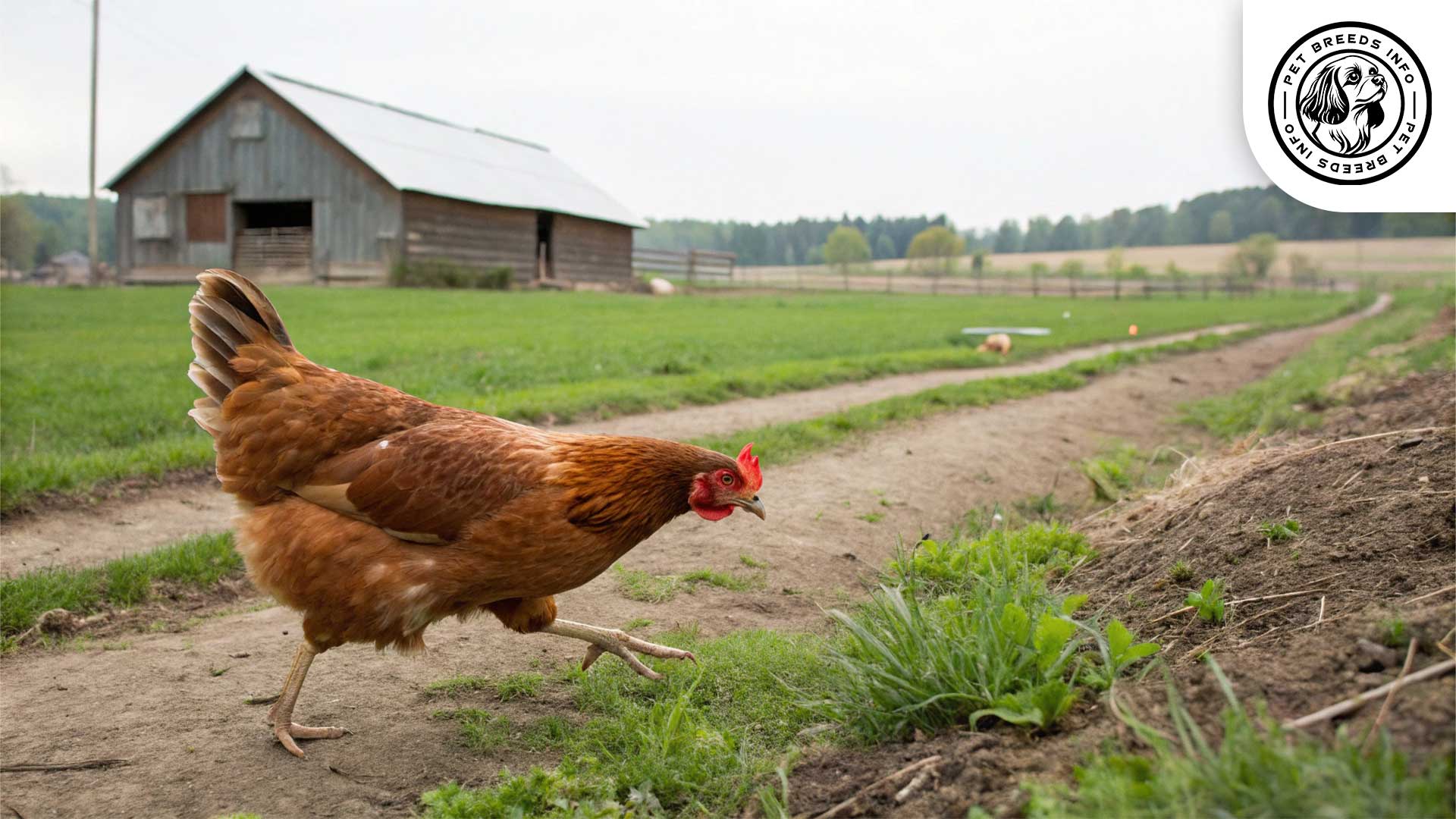
Personality and Temperament
Leghorns are highly intelligent and quick learners, making them efficient foragers. They have high energy levels and require plenty of space to roam and explore.
They are independent birds that do not form deep emotional bonds with humans like some other chicken breeds. However, with consistent handling, they can become somewhat friendly toward people.
Leghorns are active and flighty, making them less suitable for confinement. Their social nature allows them to get along with other chickens, though they may be dominant in mixed flocks. They are not known for broodiness and rarely sit on their eggs.
Care and Maintenance Requirements
Leghorns need a free-range or spacious environment to satisfy their foraging instincts. They thrive best in large outdoor areas but can adapt to a well-ventilated coop with adequate space.
Their minimal grooming requirements make them easy to care for. They have tight feathers that repel dirt, requiring only occasional dust baths for cleanliness. Regular nail trimming and monitoring for parasites like mites and lice are essential.
Leghorns tolerate heat well but need shelter from extreme cold, as their large combs can be susceptible to frostbite.
Diet and Nutrition
Leghorns require a high-protein diet, especially during their peak egg-laying period. A balanced commercial layer feed with 16-18% protein is ideal to support egg production.
Supplementing their diet with grains, vegetables, and occasional protein-rich treats like mealworms can enhance their overall health. Calcium sources such as crushed oyster shells or eggshells are vital for strong eggs.
Read More: Gouldian Finch Bird
Avoid feeding them toxic foods like chocolate, caffeine, avocado, or moldy food, which can be harmful.
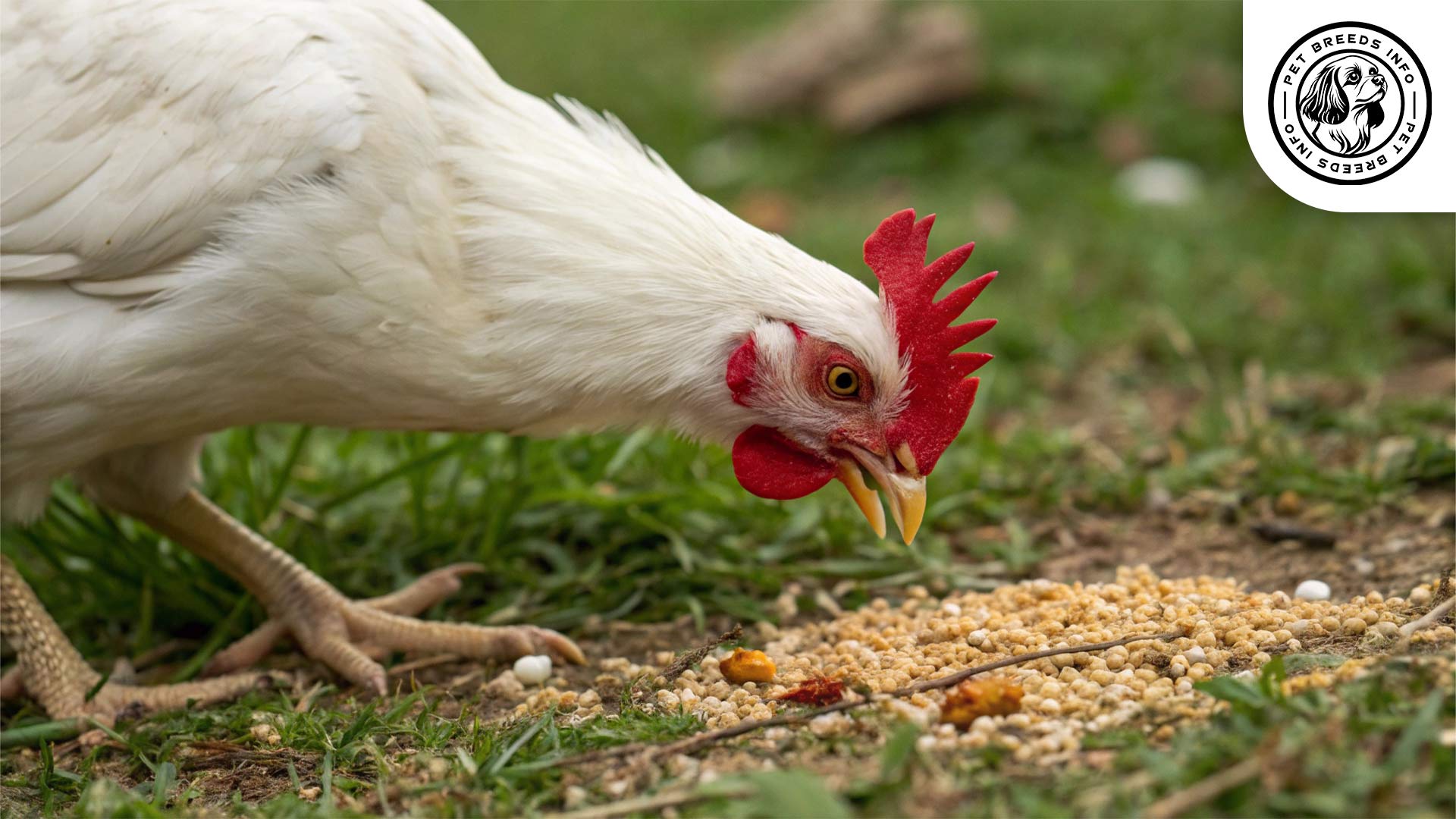
Health and Common Medical Issues
Leghorns are generally hardy birds with minimal health issues. However, they can be prone to common poultry diseases like respiratory infections, mites, and bumblefoot.
Due to their high egg-laying rate, reproductive problems such as egg binding and calcium deficiency can occur if not properly managed.
With proper care, Leghorns have an average lifespan of 4 to 6 years, though some may live longer in well-maintained environments.
Training and Behavior Management
Leghorns are not the easiest breed to train due to their independent and flighty nature. However, they can learn to recognize their caretaker and respond to food-based training over time.
Read More: Giant White Turkey
Early socialization and frequent handling can make them more approachable. Providing structured routines and reinforcing good behavior with treats can help in behavior management.
Interaction with Other Animals and Humans
Leghorns are generally wary of humans but can tolerate gentle handling. They are better suited for experienced poultry keepers rather than beginners looking for friendly, pet-like chickens.
They do well in mixed flocks but may assert dominance over smaller or docile breeds. Their independent nature makes them more suitable for rural or farm settings with ample space rather than as backyard pets for children.
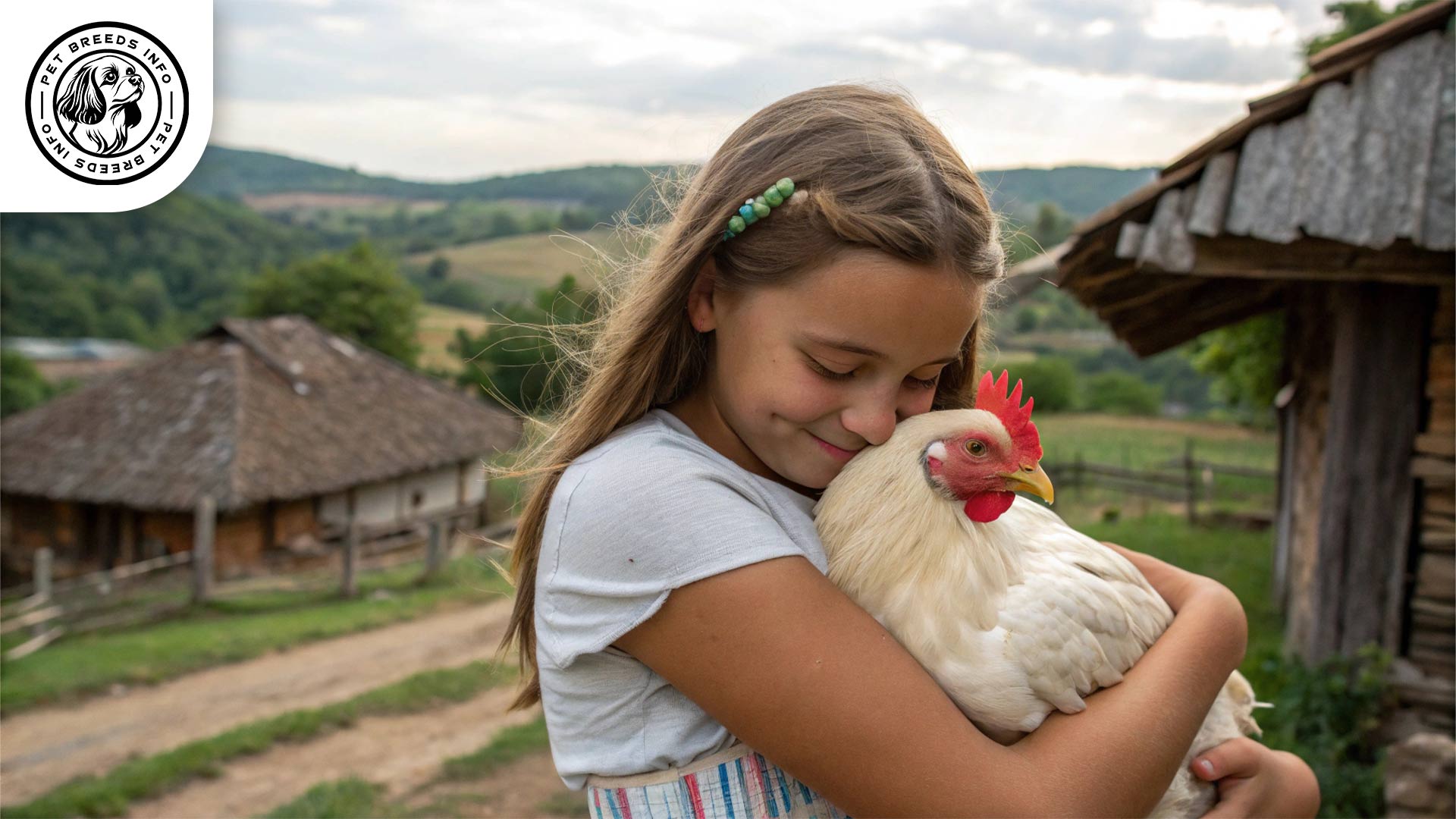
Price and Availability
Leghorn chicks are widely available and reasonably priced, typically ranging from $3 to $5 per chick, depending on the variety and breeder.
When purchasing, it’s essential to buy from reputable breeders or hatcheries to ensure healthy birds. Many commercial hatcheries offer vaccinated chicks to prevent common poultry diseases.
Conclusion and Final Thoughts
Leghorns are an excellent choice for those looking for a high-producing egg-laying breed. Their active nature and low-maintenance grooming needs make them ideal for experienced poultry keepers and commercial farmers.
While they may not be the best choice for small backyard coops or families looking for friendly, pet-like chickens, their remarkable egg production and hardy nature make them a fantastic breed for anyone seeking a practical and productive poultry addition.
Read More: Albino Lovebird
FAQ
Are Leghorn Chickens good for beginners?
Not particularly. They are better suited for experienced keepers due to their flighty and independent nature.
How many eggs can a Leghorn lay?
A healthy Leghorn can lay around 280–320 white eggs per year.
Can Leghorns tolerate cold weather?
They tolerate heat well but need protection from extreme cold, especially their combs which are prone to frostbite.
Are Leghorns friendly with humans?
They are generally wary and independent but can become tolerant with frequent handling from a young age.
